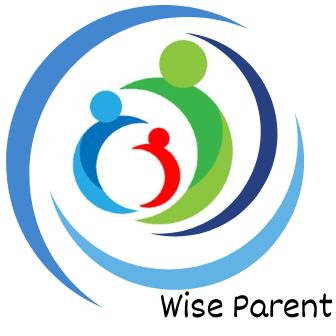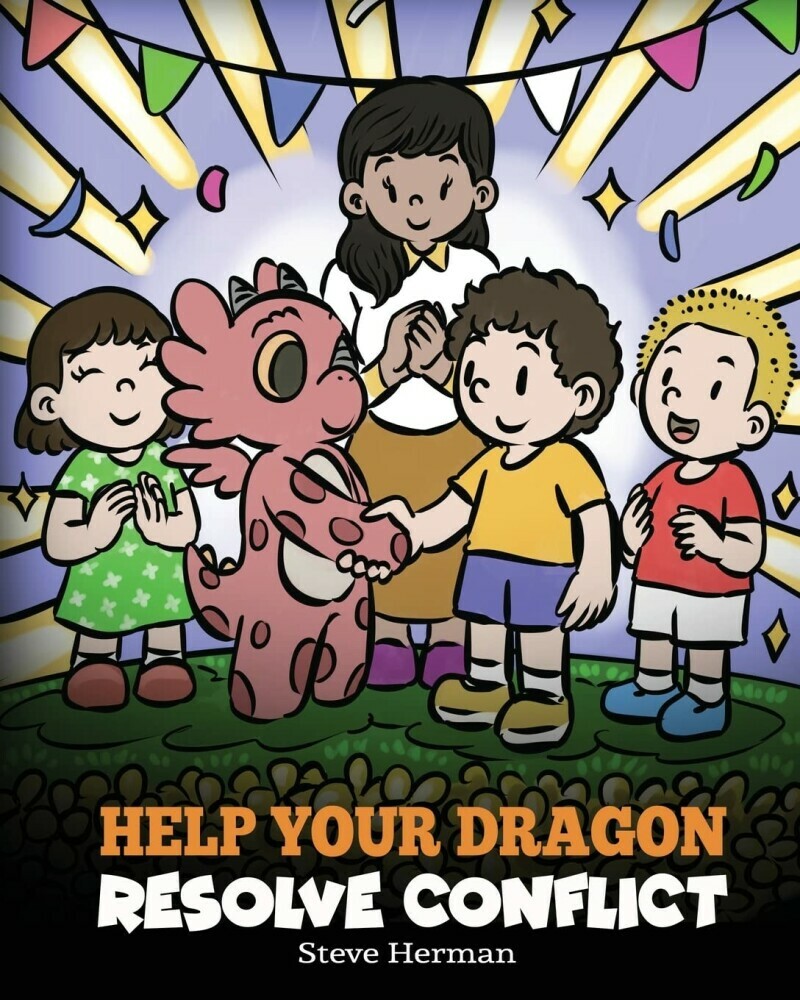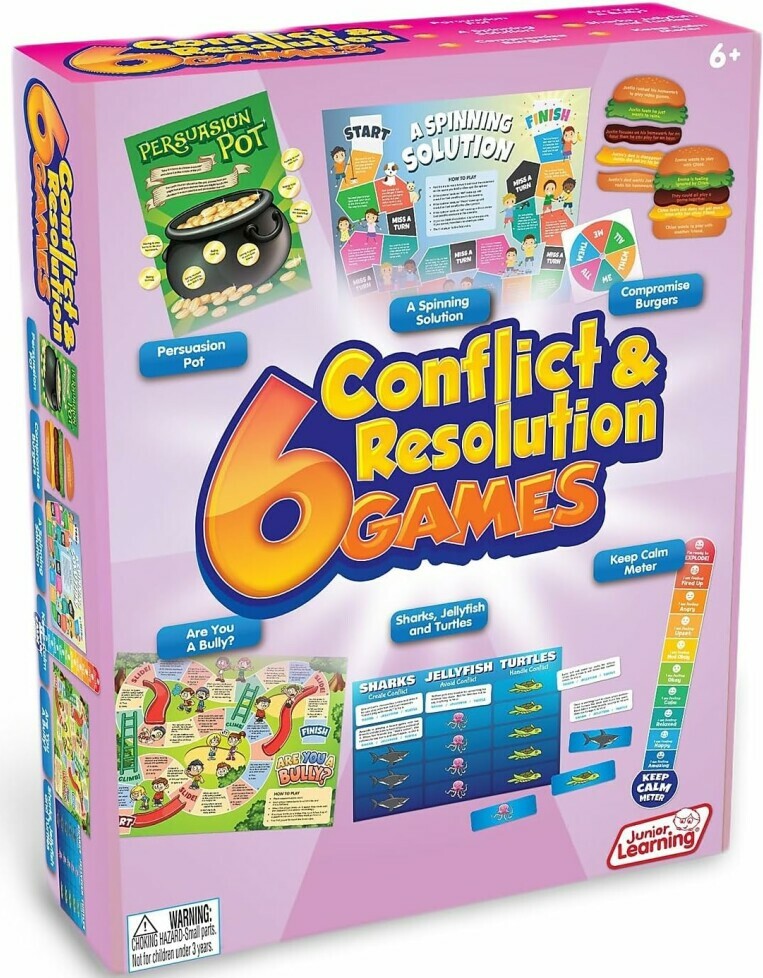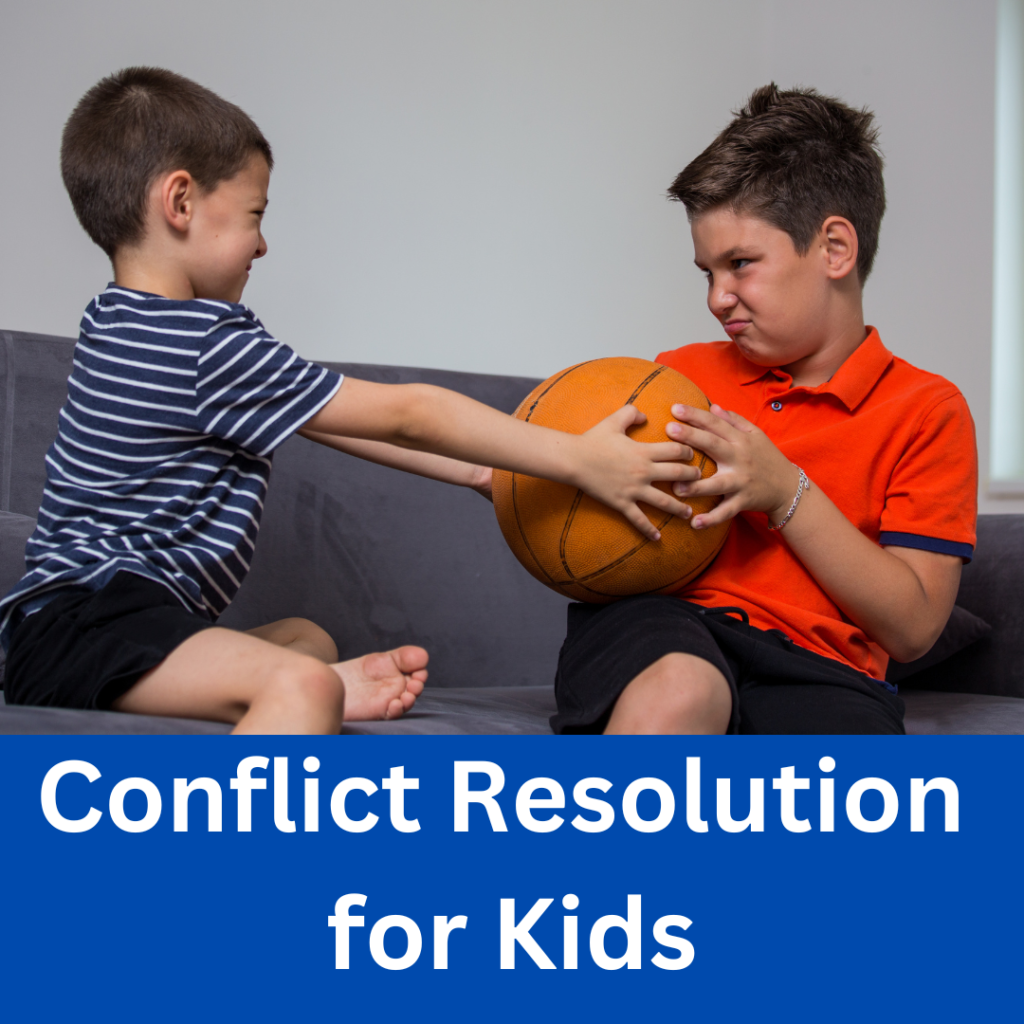
When I see two children with furrowed brows and raised voices, I see an opportunity. Conflict, as much as it might worry us adults, isn’t always a bad thing. It can be a powerful moment for social and emotional growth.
Disagreements and conflict are definitely part of growing up. Arguments over toys, who’s next in line, or rules of a game – they happen. These moments can pave the way for valuable lessons in communication, empathy, and self-awareness. Children are still learning to navigate their emotions and how to interact with others, which means they need guidance to understand that these experiences can be constructive.
Young children cannot easily identify what they’re feeling, decide on a skill to use, and clearly verbalize what they need in the heat of the moment. These complex skills take plenty of time and practice to develop. If kids learn these skills in isolation, such as from a discussion with an adult, from a children’s story, or through engaging in a small group, it’s challenging for them to generalize these skills to real-world situations. This is why they need a lot of guidance, support, modeling and encouragement from the adults in their lives. Having an adult step in when kids are engaged in a conflict, can be an incredible teaching moment.
Believe me, I know that none of us enjoy hearing kids argue or seeing them get physical with each other. It’s distressing! But that is exactly when they need our help the most. One part of my job that I enjoy the most, is helping kids have meaningful and restorative conversations when they’re in the midst of a conflict. It’s rewarding to see them use coping skills to calm themselves down, and then engage with each other in a respectful way as they seek to understand what they can do differently next time. Often both children start out seething mad, but then once they take turns talking, there are tears of remorse and plans for a better response next time.
Not always mind you. Some kids have a history of bothering each other and they are holding onto a lot of resentment. When the hurt and anger runs deep, we have to agree to disagree and revisit situations over and over until they learn better strategies. Occasionally I have to tell kids to play with other people and to just stay away from each other. But I only use that as a last resort, because when they avoid anyone they have conflicts with, they’re missing out on the opportunity to learn skills we all need to get through life,
I often encourage parents not to jump to the easy solution of “just don’t play with them anymore”. Kids need to learn to resolve conflicts with others. And even if they do decide not to be friends anymore, they learned some important skills along the way. Kids have different personalities and they don’t have to play with people they don’t enjoy being around. But they do need to be respectful. That’s a real-world skill. We all have to work with people we don’t want to be friends with. But we still need to be kind and respectful.
These are the steps I teach students in order to be able to resolve conflicts:
- Notice how your body feels. If you feel hot, tense, and ready to blow, get away from the other person immediately.
- Take a break to calm down. Walk and take deep breaths. Distract your brain by counting things, notice the colors of things around you, smell the air, notice sounds around you. These are strategies that help to reset the brain.
- Move your body to work the anger out of your system.
- Talk to an adult if you are unable to calm down.
- If you feel calm, ask the other kid if you can find a solution together.
- Brainstorm a few possible solutions, without judging any of the ideas.
- If you can’t decide, try doing Rock, Paper, Scissors to choose what you’re going to do.
- Then act on your plan and see how it goes.
Once these underlying skills are in place, kids are better equipped to move on to face-to-face discussions, where the magic of effective communication begins. Kids need to learn to listen, to share how they feel, express what they need and to have empathy and understand each other. It’s important to help them find words that invite resolution rather than incite further conflict.
In my small groups, I read the book Help Your Dragon Resolve Conflict. This is a favorite of kids of all ages. It provides steps for conflict resolution in a really fun and engaging format.
Effective Communication: The Key to Resolution
When kids face conflict, their emotions can run high, and it’s crucial they learn the skill of expressing themselves without escalating the situation. Teaching them to use ‘I’ statements is an excellent start. Instead of placing blame, ‘I’ statements focus on how they feel. For example, saying ‘I feel upset when you take my toys without asking’ rather than ‘You always steal my stuff!’ ensures the conversation remains about resolving feelings rather than assigning fault. A great children’s book for teaching “I” statements is I Can Use an “I” Statement. I like to write scenarios on a whiteboard and then ask the students how they would respond to the situation using an “I” statement. They really enjoy doing this and it gives them the opportunity to practice a skill that’s usually new to them.
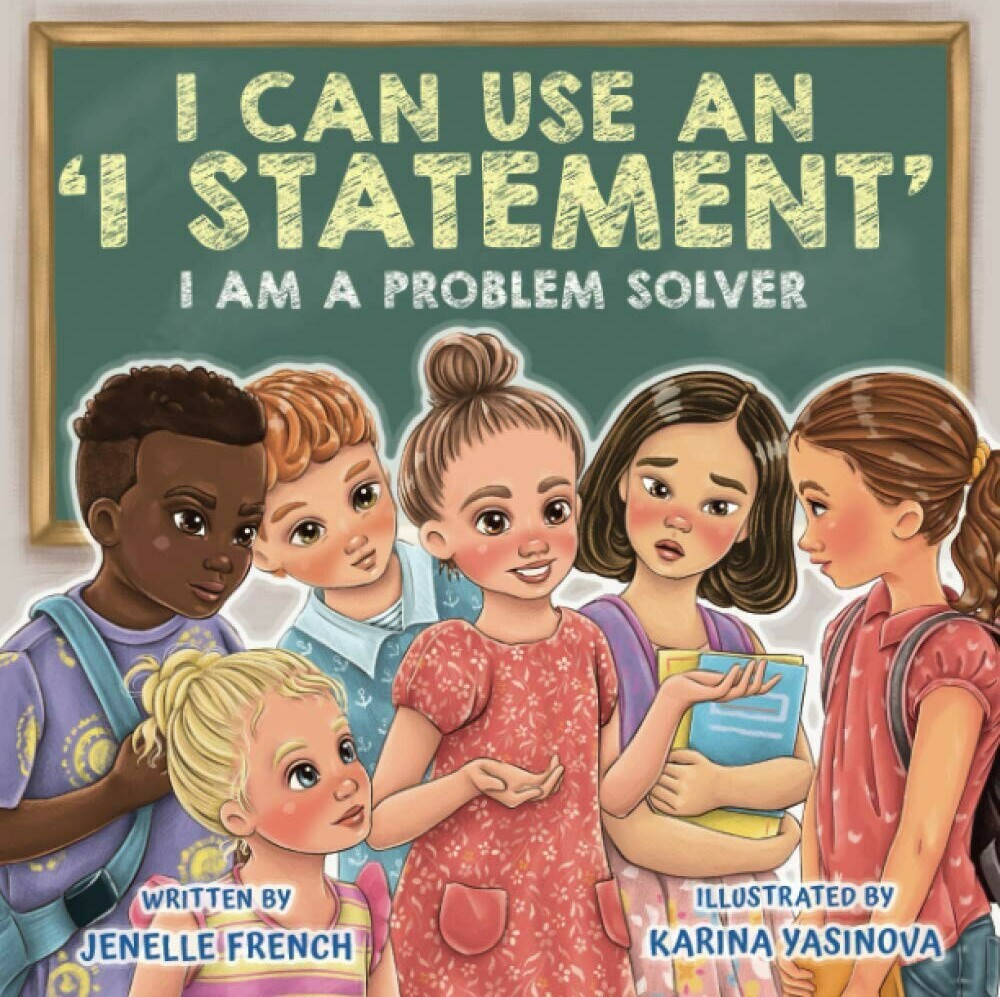
Active listening plays a vital role in conflict resolution. It involves giving full attention to the speaker and acknowledging their feelings. When children engage in active listening, they learn to affirm their peers’ viewpoints, which can pave the way to mutually respectful solutions. To practice this, I have children repeat back what they heard before responding, which reinforces the importance of understanding before reacting. You can practice this at home with your child. Choose a fun topic, such as “What’s your favorite book and why?” and then take turns talking. After one person talks, the other one repeats back what they heard. So they might say, “Your favorite book is Harry Potter and the Sorcerer’s Stone, because you like reading about how the characters met and how they got started at the Hogwarts School.”
Role-playing can be a fun and effective way for children to practice their newly acquired communication skills. It gives them a chance to navigate hypothetical conflicts in a safe environment. By experimenting with different roles and outcomes, children can become more comfortable with the resolution process and potentially discover unique solutions to their problems.
Building a rich emotional vocabulary is equally beneficial. I encourage children to describe their emotions with more specific words than just ‘mad’ or ‘sad’. A child who can say ‘I feel frustrated’ or ‘I feel ignored’ can communicate more precisely, helping to clarify the nature of the conflict and making finding a resolution easier. According to the research of Brene Brown, there are 87 emotions. The average person only knows a few. The more feelings words we have at our disposal, the more effectively we can express our needs and get our needs met. Increased feelings vocabulary also increases our ability to communicate clearly, enhancing relationships. I have this feelings poster on my wall in my office, so students can see and learn new feelings words. We practice using new feelings words often, so the children can begin using them on a regular basis.

I created an online course for kids who need to strengthen their foundational social skills. The course is based on Neuroscience and Cognitive Behavior Therapy. One of the modules focuses on increasing your child’s feelings vocabulary. Another module focuses on conflict resolution. The course is very affordable and you get lifetime access. Check it out if you’re interested. It’s engaging for kids up to age 11 and they can go at their own pace, spending just a few minutes a week learning valuable skills such as positive self-talk, identifying strengths, journaling, communication skills, coping skills, and creating a calming space at home.
The next step is to move from communication to action. Once children are clear on the issue and each other’s feelings, they can begin to collaborate on a resolution. This is where problem-solving comes in.
AFFILIATE LINK DISCLOSURE:
Here’s a little transparency: Our website contains affiliate links. This means if you click and make a purchase, we may receive a small commission. Don’t worry, there’s no extra cost to you. It’s a simple way you can support our mission to bring you quality content.”
Problem-Solving Strategies for Kids
Understanding the cause of a disagreement is the first step for a child in resolving it. Just as a detective pieces together clues, I encourage children to ask questions to get to the heart of the matter. Questions like ‘What started the argument?’ or ‘How did that make you feel?’ help to uncover the real issues.
Once the cause is clear, it’s time for children to work together to come up with solutions. I teach kids to brainstorm ideas with the focus being that no suggestion is a bad one. It’s fascinating to see what they come up with when they know their voice is heard and valued.
Next, I introduce the concept of compromise. It’s not about one child winning and the other losing, but about finding a solution that everyone can be happy with. A ‘win-win’ scenario might involve taking turns, sharing, or coming up with a new game that everyone enjoys. I find, in my work with students, that they can readily come up with creative solutions. Kids just have difficulty regulating their emotions in the heat of the moment. This is why it’s so important to practice with them and to model the behavior for them as well. Try practicing the above steps with your children and with your partner or spouse. Give your children the opportunity to see conflict resolution in action,
After agreeing on a solution, it is crucial to put it into action and see how it works. I always suggest a follow-up where children can talk about what’s working and what’s not. This follow-through shows them that resolution is a continuous process and teaches adaptability.
Supporting children during conflicts is a delicate balance, as detailed in the next section, where guidance and autonomy must coexist to foster growth and learning from each experience.
If your family enjoys playing board games, this box of 6 conflict resolution games teaches children several foundational skills. Many therapists use it and I incorporate it into my small social skills groups. It’s a great resource for families to have!
Supporting Kids as They Navigate Conflict
It’s my responsibility to arm you with strategies that help children become more adept at resolving conflicts. It’s essential to recognize the significant role you play, whether you’re a parent, educator, or caregiver. Your guidance sets the foundation for how children handle disagreements throughout their lives.
Building a supportive environment is key in this process. This means fostering a culture where it’s safe to express emotions and make mistakes. By creating such a space, you’re teaching kids that facing conflicts is a part of life and learning from them is what matters.
But when should you intervene? There’s a subtle balance to strike. Allow children the space to apply the resolution skills they’ve learned, but be ready to step in if the conflict escalates or if they’re struggling to find a solution. Make it your goal to guide, not take over.
This process will take time. Perhaps you can create a “Resolving Conflicts” theme in your family for a period of time, until you see that your children are mastering the skills. Living with frequent conflict is very stressful. I firmly believe that it’s not “just something kids do”. I encourage parents to set limits on conflict in their homes. Let your children know that arguments and disagreements are part of life, but they are not something that should regularly dissolve into screaming, name-calling, and aggression. Create a no-tolerance rule and help your children learn the skills they need in order to be able to resolve conflicts peacefully. As a result, your children will have more success in school, be more likely to maintain strong friendships, get along better in extracurricular activities, and they will have better relationships and job performance as adults.
Children benefit from ongoing support and access to tools and resources that bolster their conflict resolution skills. Providing books, games, or even apps designed for conflict resolution can make learning continuous and fun.
The ability to resolve conflicts effectively is a lifelong skill that will serve children well into adulthood. Keep reinforcing these concepts, and watch as kids grow into individuals capable of navigating the complexities of relationships with confidence.
